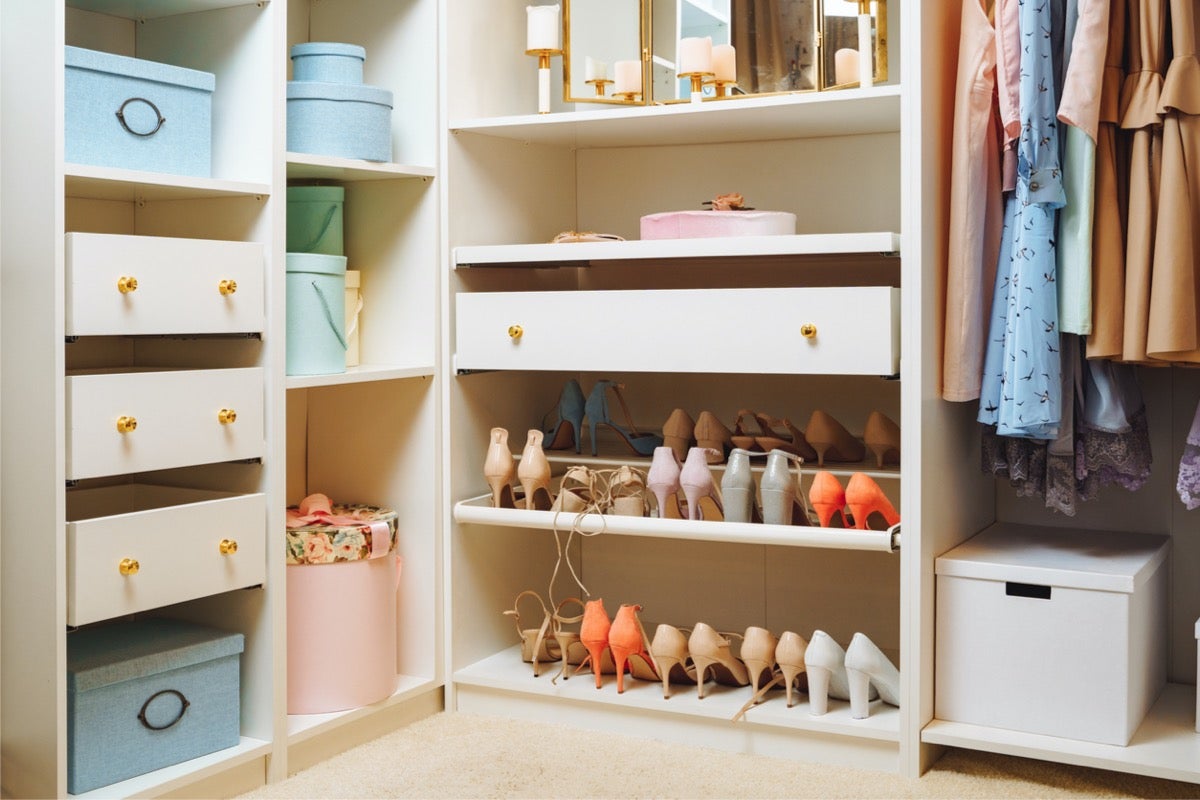

Articles
How To Organize Storage Closet
Modified: January 23, 2024
Learn how to efficiently organize your bedroom storage closet with these helpful tips and tricks. Maximize space and declutter your room for a more organized and functional living environment.
(Many of the links in this article redirect to a specific reviewed product. Your purchase of these products through affiliate links helps to generate commission for Storables.com, at no extra cost. Learn more)
Introduction
Welcome to our guide on how to organize a storage closet. Having an organized storage space can make a significant difference in your daily life. It saves you time searching for items, reduces clutter, and maximizes the available space. Whether your storage closet is a small closet in your home or a larger space in your garage or basement, the principles of organization remain the same.
In this article, we will provide you with a step-by-step process to help you effectively organize your storage closet. From assessing and purging items to optimizing space and maintaining organization, we will cover all the necessary steps to transform your cluttered storage area into an efficient and functional space.
Before diving into the specifics, it’s important to understand the benefits of an organized storage closet. A well-organized closet not only saves you time but also reduces stress and promotes a sense of calm. Imagine being able to easily locate a specific item without sifting through piles of clutter. By implementing a systematic approach, you can create a space that is tailored to your specific storage needs.
Throughout this guide, we will provide practical tips and suggestions to help you along the way. Remember, the key to successful organization is to develop a system that works for you. While there may be general guidelines to follow, each person’s storage needs and preferences are unique. So, let’s begin our journey to a more organized storage closet!
Key Takeaways:
- Assess, purge, categorize, choose storage solutions, optimize space, label, and maintain. These are the key steps to transform a cluttered storage closet into an efficient and functional space.
- Regular decluttering, involving everyone in the household, and establishing a maintenance routine are crucial for maintaining an organized storage closet in the long run. Consistency is key!
Read more: How To Clean Out Closet
Step 1: Assess and Purge
The first step in organizing your storage closet is to assess the items you currently have and determine what should stay and what should go. This process involves decluttering and purging any unnecessary or unused items. By getting rid of the clutter, you will create more space for the items that truly matter.
Start by emptying out your entire storage closet. This allows you to see everything you have and assess the quantity and condition of each item. As you go through each item, ask yourself the following questions:
- Do I use or need this item regularly?
- Is this item in good condition?
- Does this item hold sentimental value?
Be honest with yourself and avoid holding onto items out of guilt or nostalgia. Only keep items that are functional, necessary, or bring you joy. For items that are damaged or no longer usable, it’s time to let go.
Once you have sorted through everything, it’s time to purge the unwanted items. Consider donating, selling, or disposing of them responsibly. Items in good condition that you no longer need can be donated to local charities or sold online. Broken or unusable items should be disposed of properly, following local waste management guidelines.
After the purge, you should be left with a more streamlined collection of items that truly belong in your storage closet. This process helps create a solid foundation for the rest of the organization process.
Remember, purging is an ongoing process when it comes to organizing any space. Regularly assess your storage closet and remove any items that are no longer needed. Keeping up with this practice ensures that your storage space remains clutter-free and organized.
Step 2: Categorize Items
Now that you have assessed and purged your storage closet, it’s time to categorize the remaining items. Categorizing helps create a systematic approach to organization and makes it easier to find and access specific items when needed.
Start by grouping similar items together. This can be done based on their purpose, function, or usage frequency. For example, you might create categories such as seasonal decorations, sports equipment, tools, household supplies, and so on.
As you categorize, consider the size and shape of each item and how it will best fit in your storage space. Items that are used frequently or require easy access should be placed in more accessible areas, while those used less often can be stored in less accessible areas.
Consider using storage bins, containers, or shelves to help with categorization. Clear plastic bins are especially useful as they allow for easy visibility of the contents. Label each bin or container with the corresponding category to make it even easier to locate specific items later on.
When categorizing, it’s important to establish logical boundaries for each category. Avoid combining unrelated items together, as this can lead to confusion and difficulty in finding what you need. If you find that a category becomes too large, consider further sub-categorization to maintain organization.
Remember to keep functionality and convenience in mind when establishing your organization system. Place frequently used items within easy reach, while keeping items that are used less often towards the back or in higher storage areas.
By categorizing your items, you’re creating a structured and logical layout for your storage closet. This step will lay the foundation for the next steps in the organization process. So, take the time to consider the best way to categorize your items and create an efficient storage system that works for you.
Step 3: Choose Storage Solutions
Now that you have assessed and categorized your items, it’s time to choose the right storage solutions for your storage closet. The goal is to maximize the available space and keep everything organized and easily accessible.
Start by measuring your storage closet and taking note of its dimensions and any limitations such as low ceilings or angled walls. This will help you determine the types of storage solutions that will fit and work best in your space.
Consider the following storage solutions:
- Shelving Units: Install sturdy shelving units to take advantage of vertical space. Adjustable shelves allow for customization based on the height of your items.
- Storage Bins and Containers: Utilize clear plastic bins or containers for items within each category. Make sure they are stackable to save space.
- Baskets or Fabric Bins: Use these for smaller items or loose items that can be contained together.
- Pegboards or Wall Hooks: Hang tools or other items with handles on pegboards or wall hooks to keep them easily accessible and visible.
- Over-the-Door Organizers: Utilize the back of the door for additional storage space. Over-the-door organizers are perfect for shoes, cleaning supplies, or small items.
- Hanging Rods or Hooks: Install hanging rods or hooks to hang clothing, bags, or other items that need to be wrinkle-free or easily accessible.
When selecting storage solutions, consider the specific needs of your items. Fragile or delicate items may require padded or compartmentalized containers. Items that are frequently used or needed should be easily accessible, while those used less often can be stored in higher or less accessible areas.
Make sure to optimize the use of all available space, including the floor, walls, and even the ceiling. Utilize hooks, racks, or shelves to make the most of vertical space. Keep in mind that clear visibility and accessibility are key factors to consider when selecting storage solutions.
Lastly, invest in high-quality storage solutions that are durable and can withstand the weight and demands of your items. This will ensure that your organization system remains functional and long-lasting.
By choosing the right storage solutions, you will not only optimize your storage space but also enhance the overall organization and accessibility of your storage closet.
Use clear plastic bins to categorize and store items in your storage closet. Label each bin to easily identify the contents and keep similar items together for quick access.
Step 4: Optimize Space
Now that you have chosen the appropriate storage solutions, it’s time to optimize the space in your storage closet. The goal is to make the most efficient use of the available area, ensuring everything fits and is easily accessible.
Here are some tips to help you optimize your storage space:
1. Utilize Vertical Space: Make use of the vertical space in your storage closet by installing tall shelves or stacking storage bins. This allows you to take advantage of the height of the closet and free up floor space.
2. Group Similar Items Together: Keep items within the same category or theme together. This not only helps with organization but also saves space by reducing the number of containers or bins needed.
3. Place Frequently Used Items Within Reach: Store items that you use more frequently at eye level or within easy reach. This saves you from constantly reaching or bending down when you need them.
4. Maximize Door and Wall Space: Use the back of the door or the walls to create additional storage space. Install hooks, racks, or over-the-door organizers to hang bags, cleaning supplies, or other frequently used items.
5. Stack and Nest: Stack storage bins or containers that are of the same size to save space. Nest smaller containers inside larger ones to reduce clutter and make better use of available space.
6. Consider Pull-Out Drawers or Sliding Shelves: Utilize pull-out drawers or sliding shelves to maximize the usability of deep or hard-to-reach spaces. This allows you to easily access items stored at the back without having to dig through everything.
7. Leave Room for Future Growth: Dedicate some space for future items or expansion. This allows for flexibility and prevents overcrowding as your storage needs may change over time.
Remember, the key to optimizing space is to think strategically and make the most efficient use of every inch. Be creative and find innovative ways to utilize all available surfaces within your storage closet.
Throughout the process, regularly review and adjust your organization system as needed. This ensures that your storage space remains functional, clutter-free, and optimized for your specific needs.
Read more: How To Purge Closet
Step 5: Label and Arrange
After categorizing and optimizing the space in your storage closet, it’s time to label and arrange everything in a way that promotes organization and easy access. Proper labeling ensures that you can quickly locate and retrieve items whenever needed, saving you time and frustration.
Here are some steps to follow when labeling and arranging your storage closet:
1. Label Containers and Bins: Use clear and easy-to-read labels on your storage containers and bins. Clearly identify the contents of each container or bin, making it easier to find specific items at a glance.
2. Use Consistent Labeling System: Develop a consistent labeling system that works for you. This can be as simple as using categories or color-coding labels for different types of items. Stick to your chosen system throughout your storage closet to maintain organization.
3. Arrange Based on Frequency of Use: Place items that you use more often in easily accessible areas. Keep them at eye level or within reach to avoid the hassle of digging through multiple containers or bins. Less frequently used items can be stored in higher or less accessible spaces.
4. Group Like Items Together: Keep similar items together within their designated categories. This not only helps with organization but also makes it easier to find related items when needed. For example, store all cleaning supplies or tools together in their respective categories.
5. Maintain Clearance and Pathways: Ensure that there is enough space for you to access and move around in your storage closet. Leave clear pathways and avoid overstuffing shelves or blocking access to items with other objects. This will make it easier to retrieve and put back items without causing a mess.
6. Consider Visibility and Accessibility: Arrange items in a way that allows for easy visibility and access. Place frequently used items towards the front or at eye level, while less frequently used items can be stored towards the back or higher up.
7. Regularly Update and Adjust: Periodically review and update your labeling system as needed. As your storage needs change, you may need to rearrange items or create new categories. Stay proactive in maintaining an organized and functional storage closet.
By labeling and arranging your storage closet in an organized manner, you will have a clear system in place for locating and retrieving items with ease. This step is crucial for maintaining long-term organization and ensuring that your storage closet remains functional and clutter-free.
Step 6: Maintain and Regularly Declutter
Once you have organized your storage closet, it’s important to establish a maintenance routine to keep it organized and clutter-free in the long run. Step 6 focuses on maintaining the organization you have worked hard to achieve and regularly decluttering to prevent future accumulation of clutter.
Here are some tips to help you maintain and regularly declutter your storage closet:
1. Establish a Cleaning and Maintenance Schedule: Set aside dedicated time to clean and organize your storage closet on a regular basis. This can be weekly, monthly, or quarterly, depending on your needs and the amount of storage items you have.
2. Put Things Back in their Designated Places: After each use, make it a habit to put items back in their designated spots. Avoid the temptation to leave things lying around or toss them back into the storage closet without proper organization. Returning items to their proper places helps maintain the organization you have established.
3. Regularly Declutter and Reassess: Periodically reassess the items in your storage closet to identify any unnecessary or unused items. Set aside time to declutter and purge items that no longer serve a purpose. This prevents the accumulation of unnecessary clutter and ensures your storage closet remains organized and efficient.
4. Consider a “One In, One Out” Rule: To prevent overcrowding and maintain a manageable amount of items, implement a “one in, one out” rule. This means that for every new item you bring into the storage closet, you must remove an old or unnecessary item. This rule helps prevent the space from becoming overwhelmed with unused or redundant items.
5. Regularly Dust and Clean: Take the time to dust and clean your storage closet during your maintenance routine. This helps keep the area tidy and prevents dust and dirt from accumulating on your belongings. Wipe down shelves, sweep the floor, and remove any cobwebs or debris.
6. Review and Adjust Organisation System: As your storage needs change over time, reassess the effectiveness of your organization system. Are there any categories that need to be modified or rearranged? Does the current setup still meet your needs? Make necessary adjustments to optimize your storage space.
7. Involve Everyone in the Household: If multiple people in your household use the storage closet, make sure everyone is on board with maintaining organization and decluttering regularly. Encourage everyone to follow the systems and guidelines you have established to keep the space tidy and functional.
Consistency is key when it comes to maintaining an organized storage closet. By implementing regular cleaning and decluttering routines, you can prevent the accumulation of unnecessary items and maintain an efficient and clutter-free space for the long term.
Conclusion
Congratulations! You have now reached the end of our guide on how to organize a storage closet. By following the steps outlined in this article, you have gained the knowledge and tools to transform your cluttered storage space into an organized and functional area.
We started by assessing and purging unwanted items from your storage closet, creating a solid foundation for the organization process. Next, we moved on to categorizing items, ensuring that similar items are grouped together for easy access. Then, we explored different storage solutions to optimize the available space and make the most efficient use of it.
Once the storage solutions were in place, we focused on arranging and labeling items, ensuring that everything is in its designated spot, and easy to find when needed. We also discussed the importance of maintaining and decluttering regularly to prevent future accumulation of unnecessary items.
Remember, organizing a storage closet is an ongoing process. It requires consistent effort and commitment to maintain the organization you have established. Regularly assess your storage needs, update your organization system if necessary, and involve everyone in the household to keep the space tidy and functional.
An organized storage closet not only saves you time and reduces stress, but it also maximizes the available space and promotes a sense of calm. You’ll be amazed at how much more efficient and enjoyable your daily life can be with a well-organized storage area.
Thank you for taking the time to read our guide. We hope you found the information and tips provided helpful. Now, it’s time to put your newfound knowledge into action and transform your storage closet into an organized oasis!
Frequently Asked Questions about How To Organize Storage Closet
Was this page helpful?
At Storables.com, we guarantee accurate and reliable information. Our content, validated by Expert Board Contributors, is crafted following stringent Editorial Policies. We're committed to providing you with well-researched, expert-backed insights for all your informational needs.
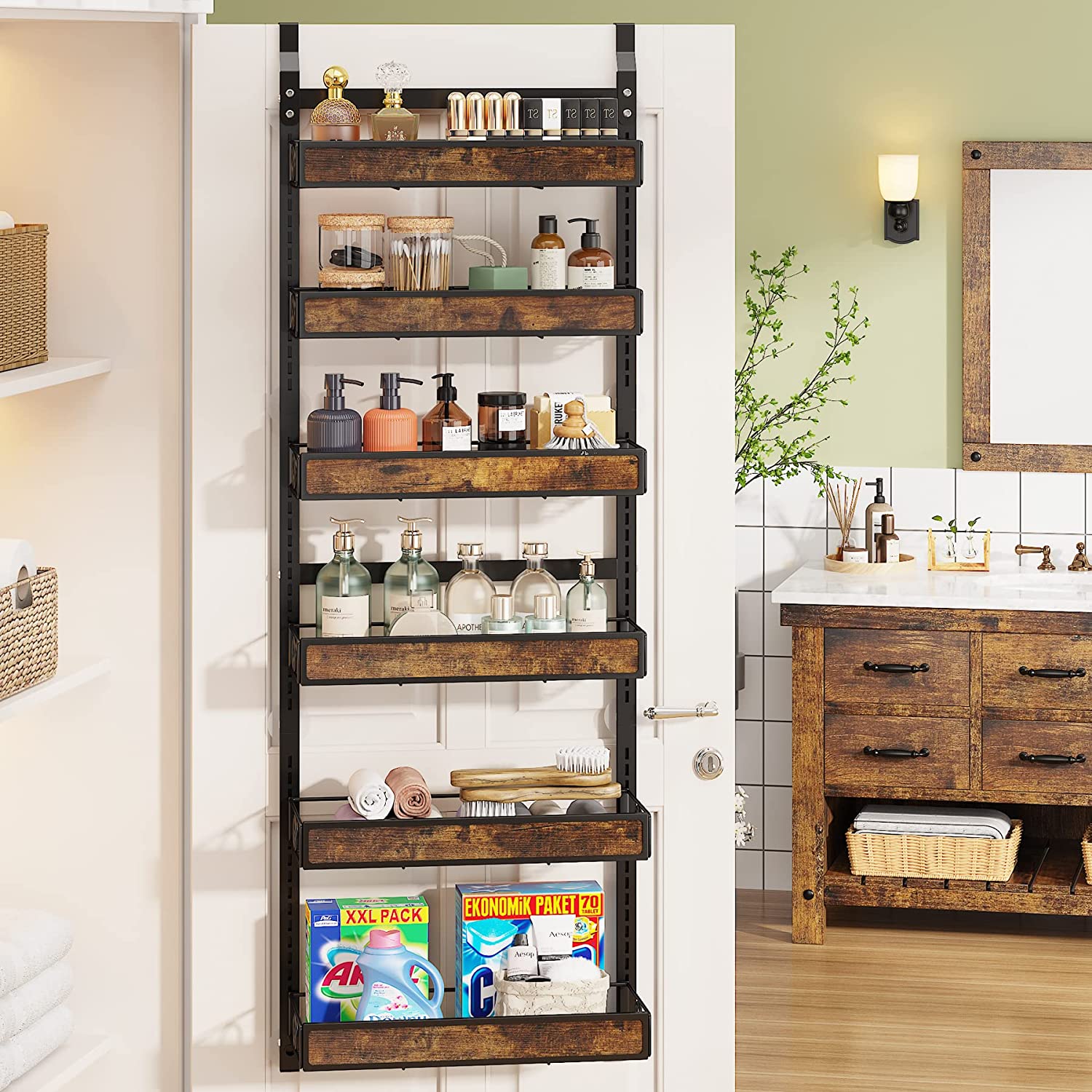
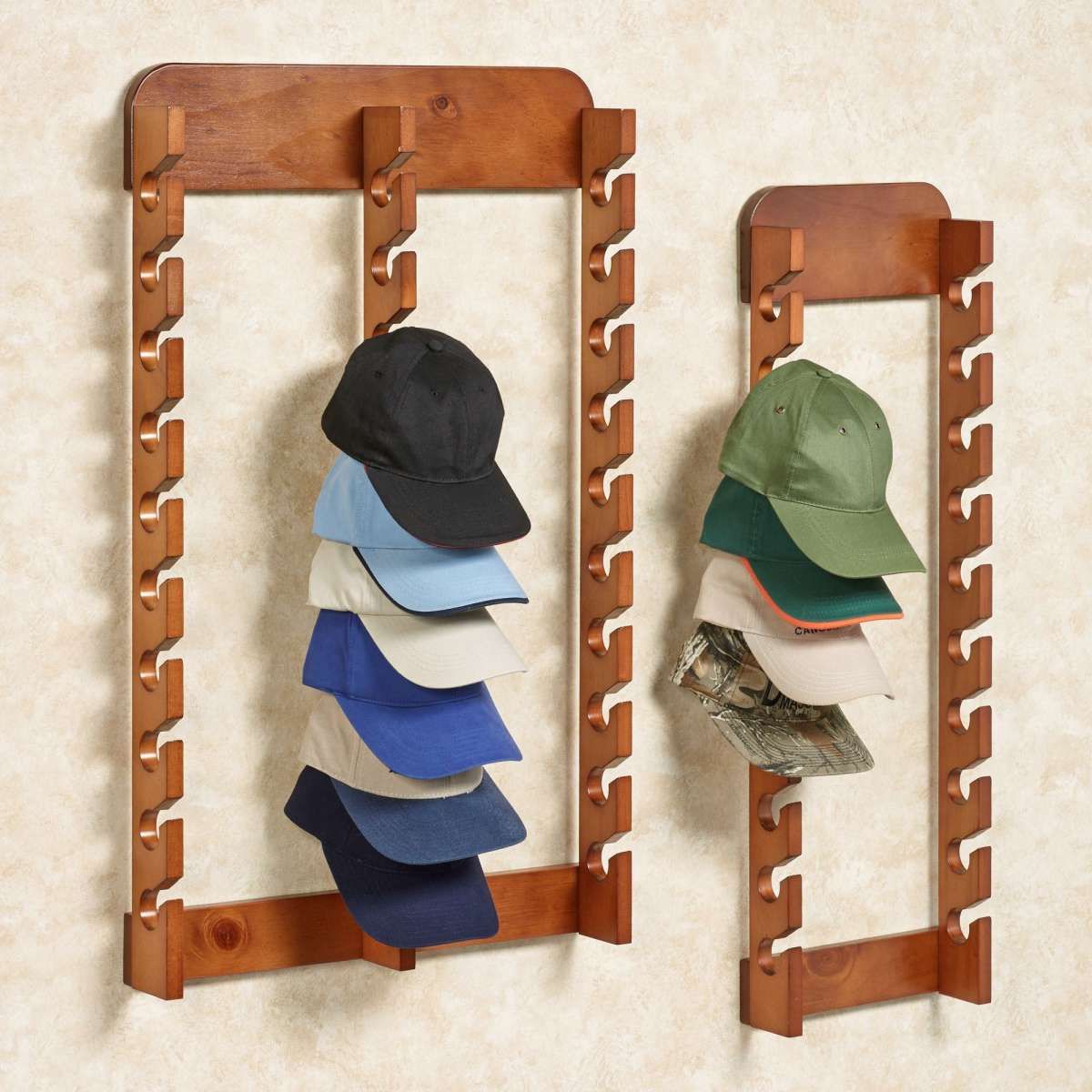
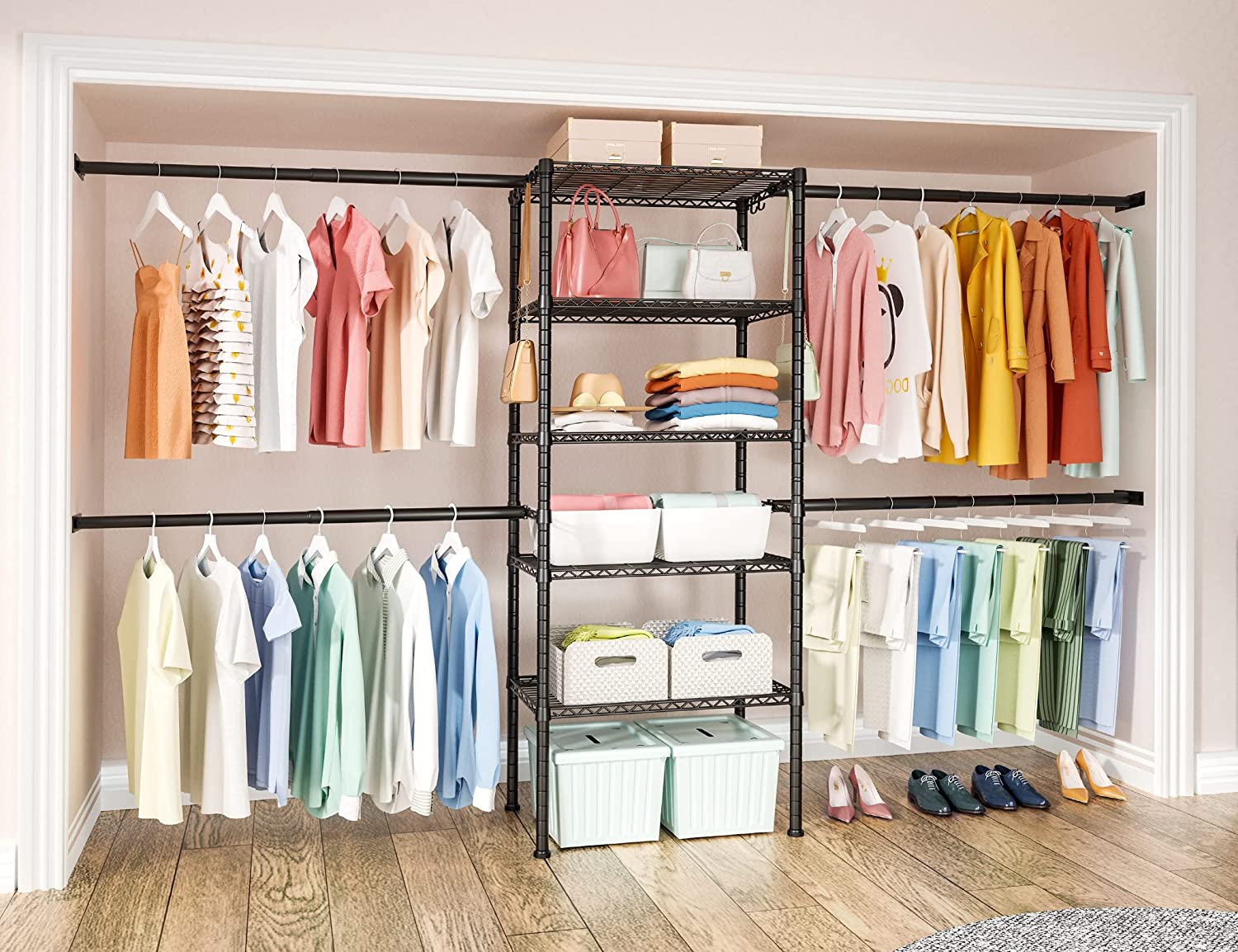
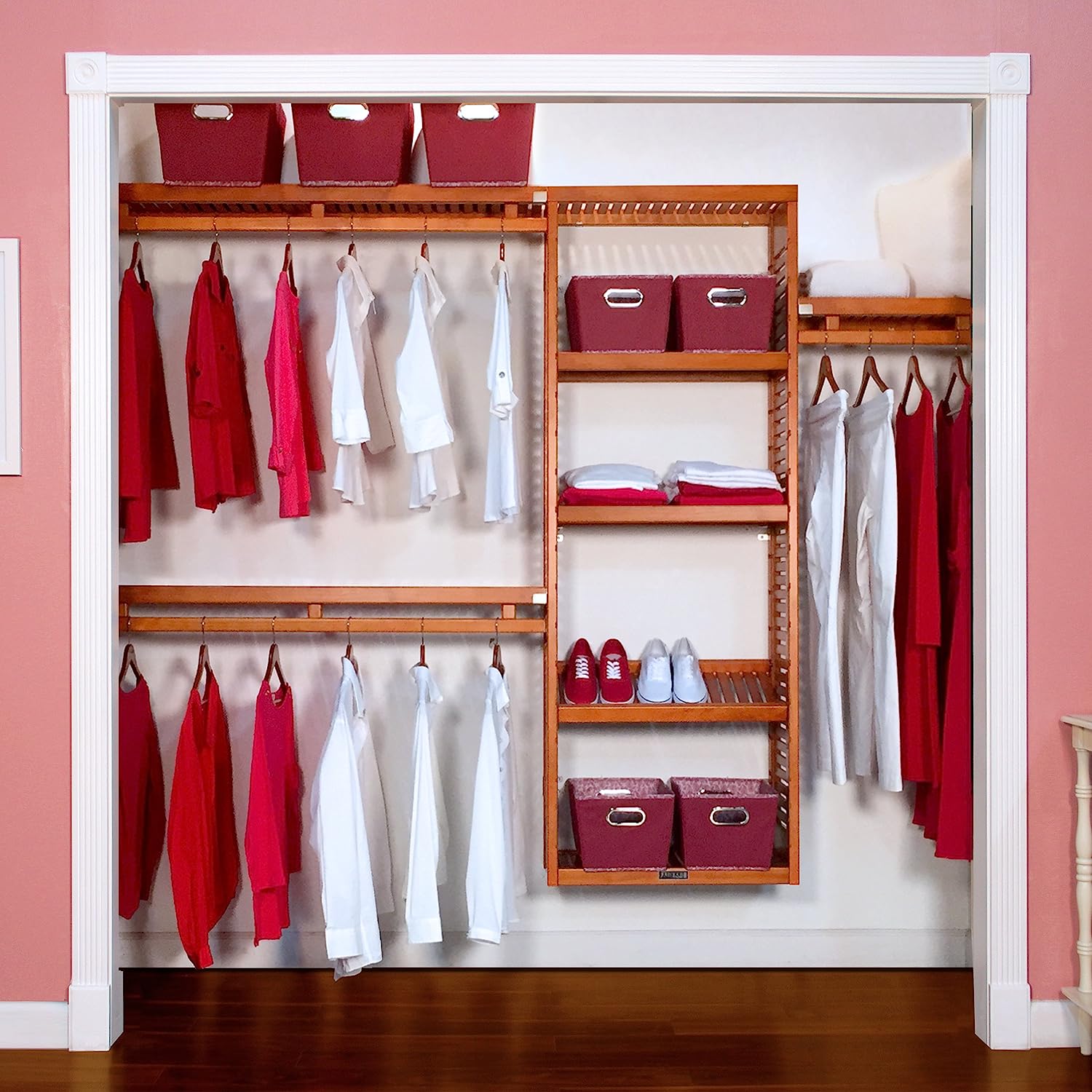
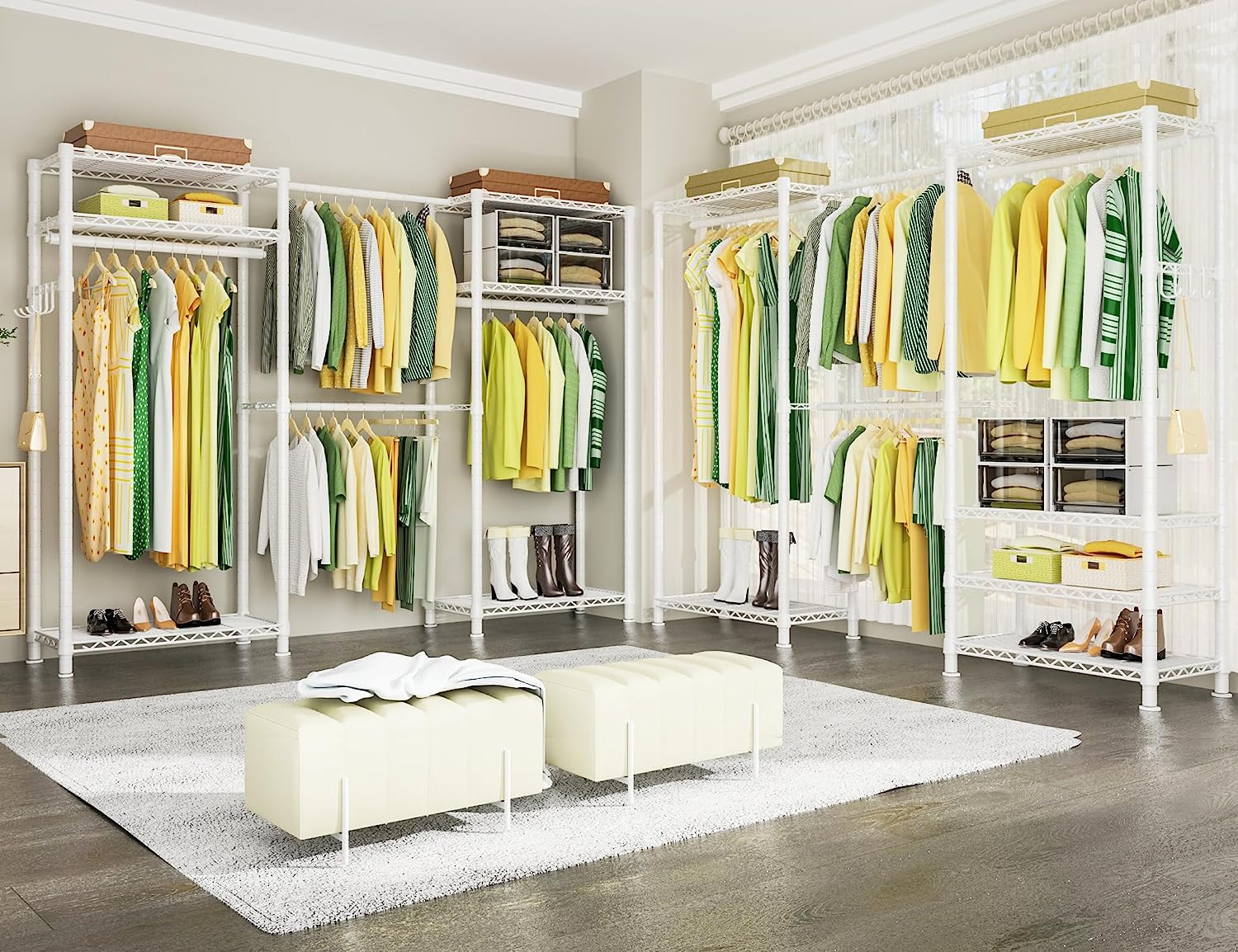
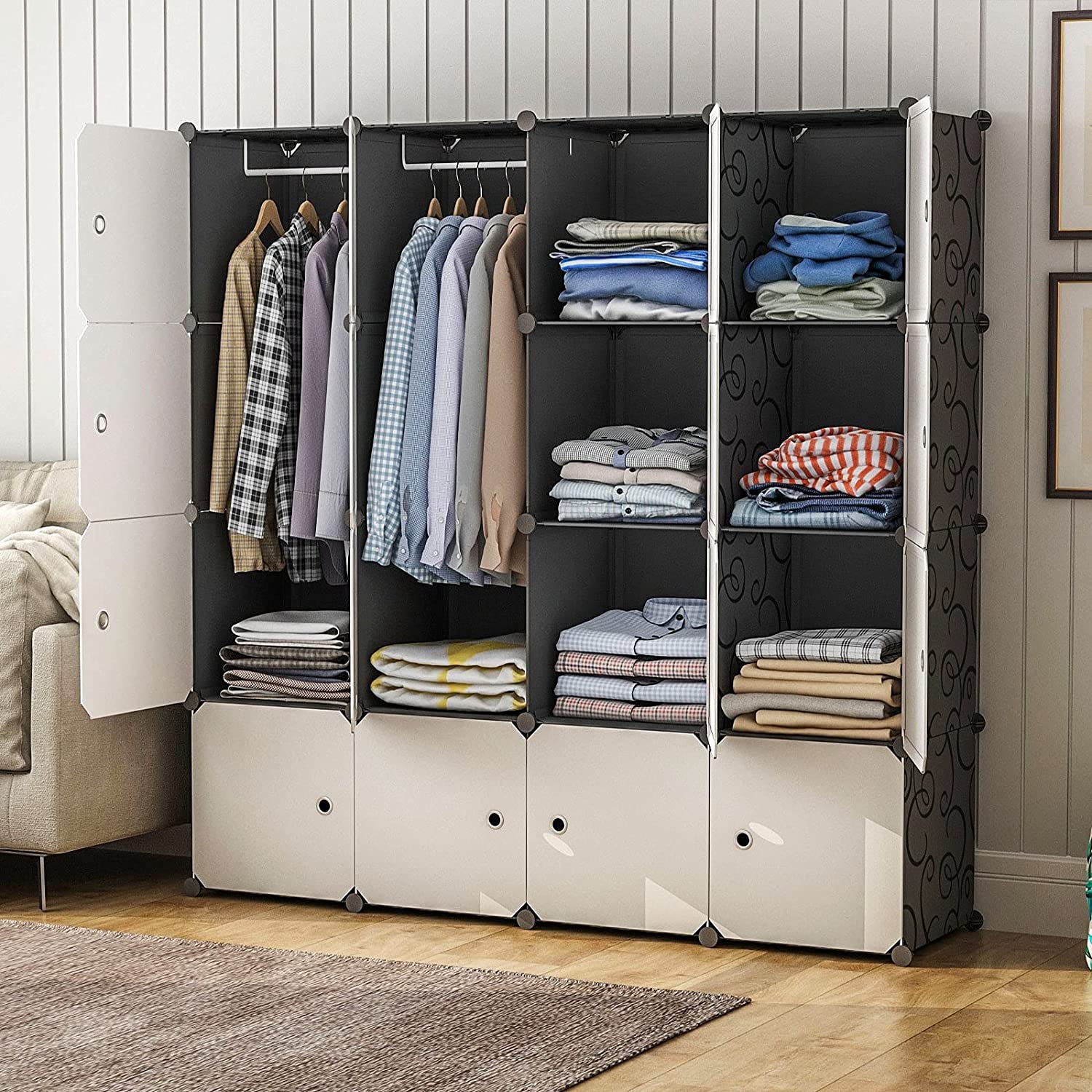

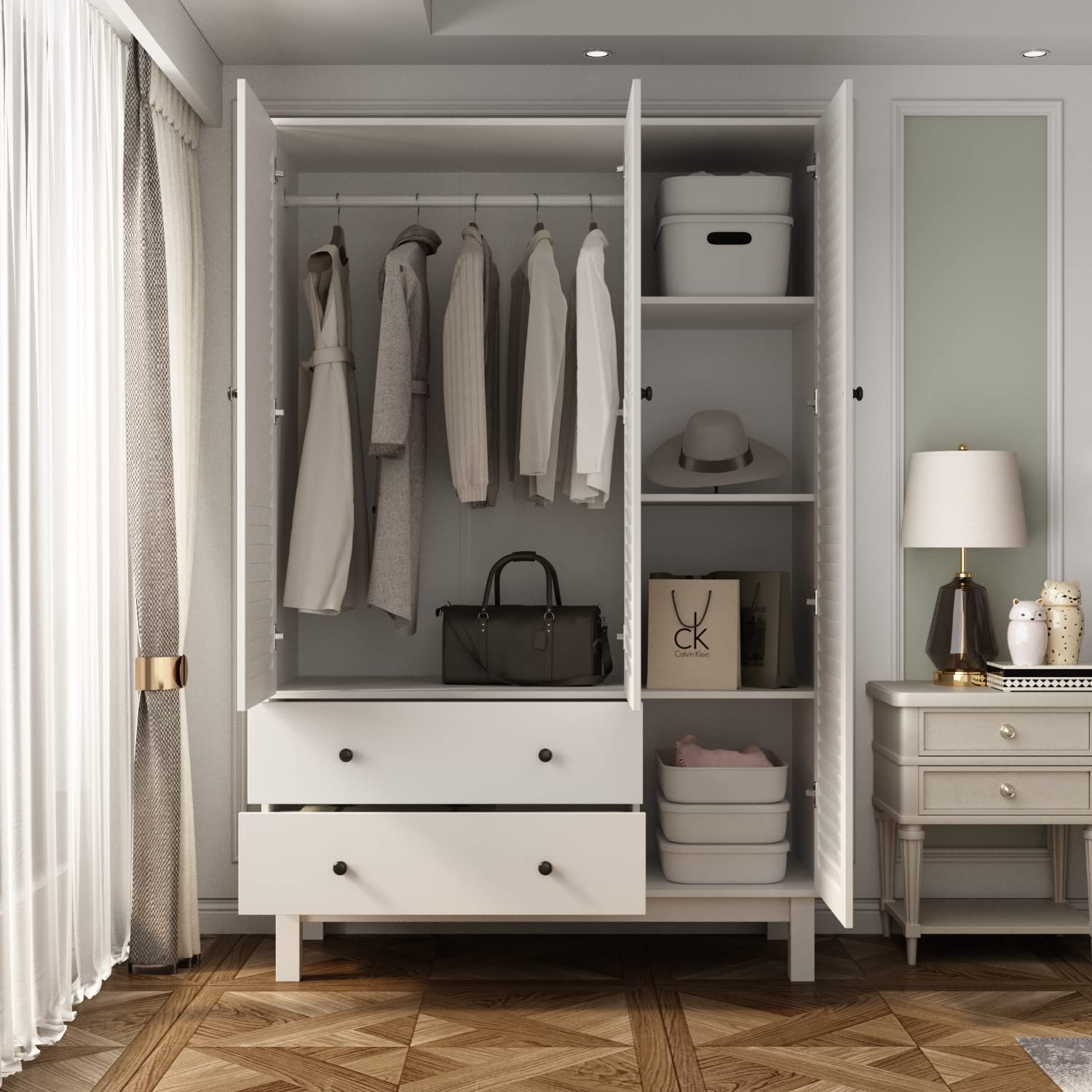
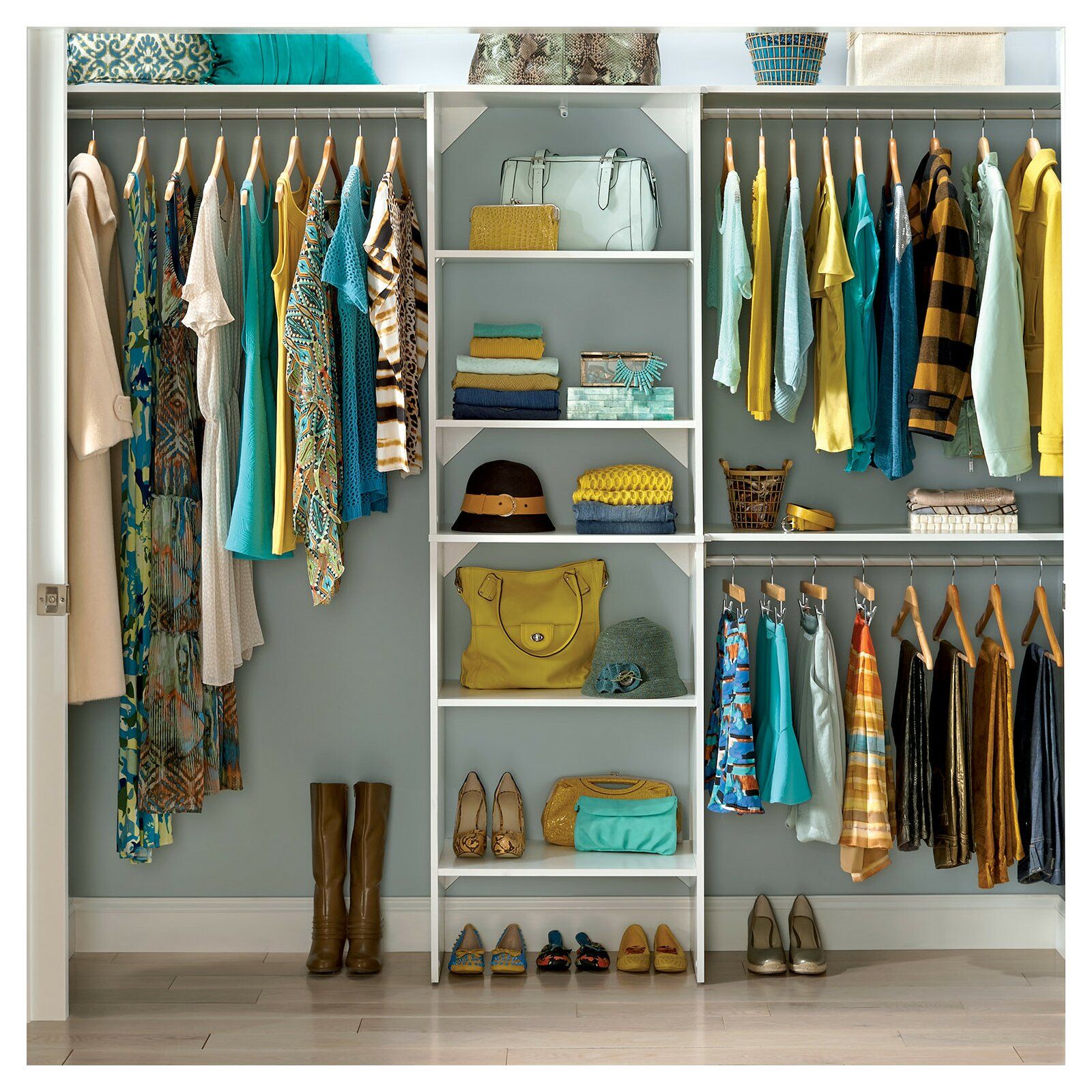
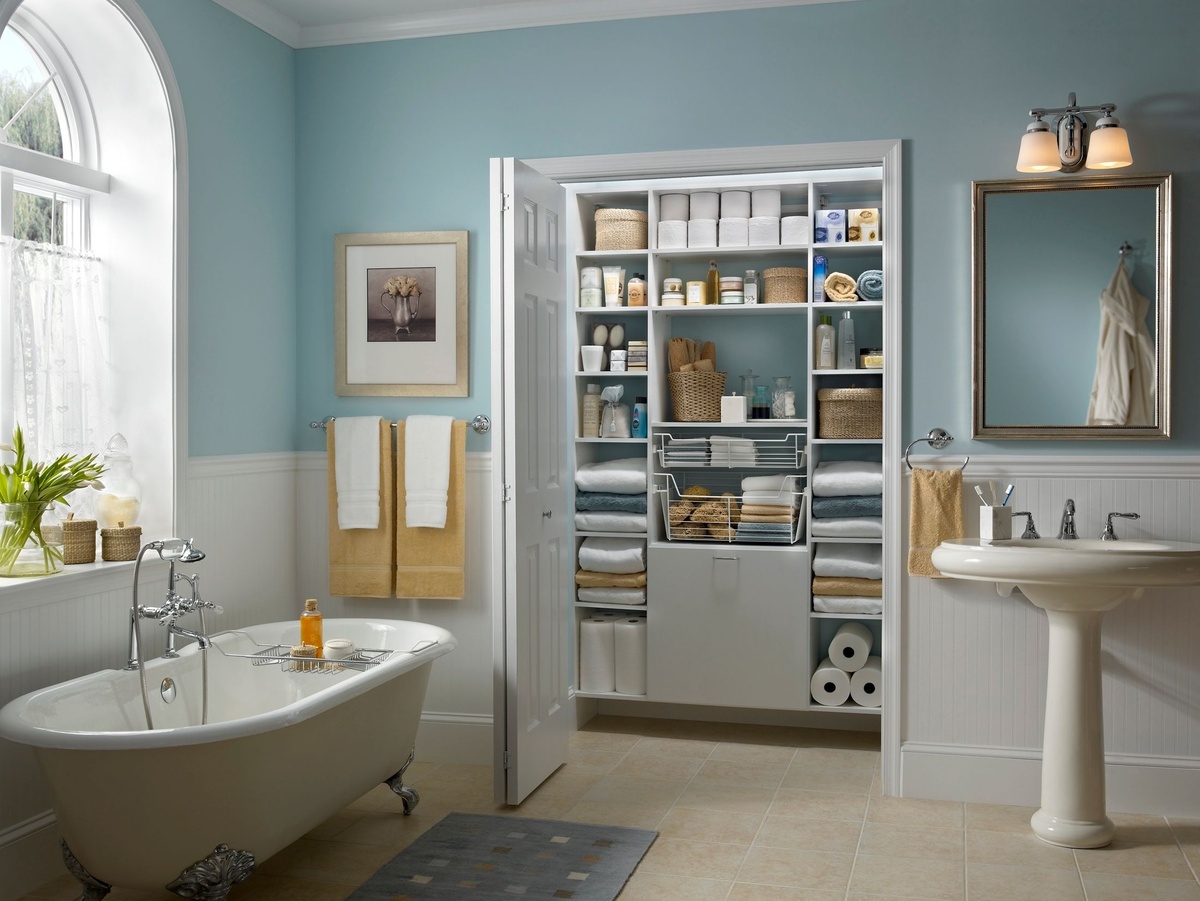
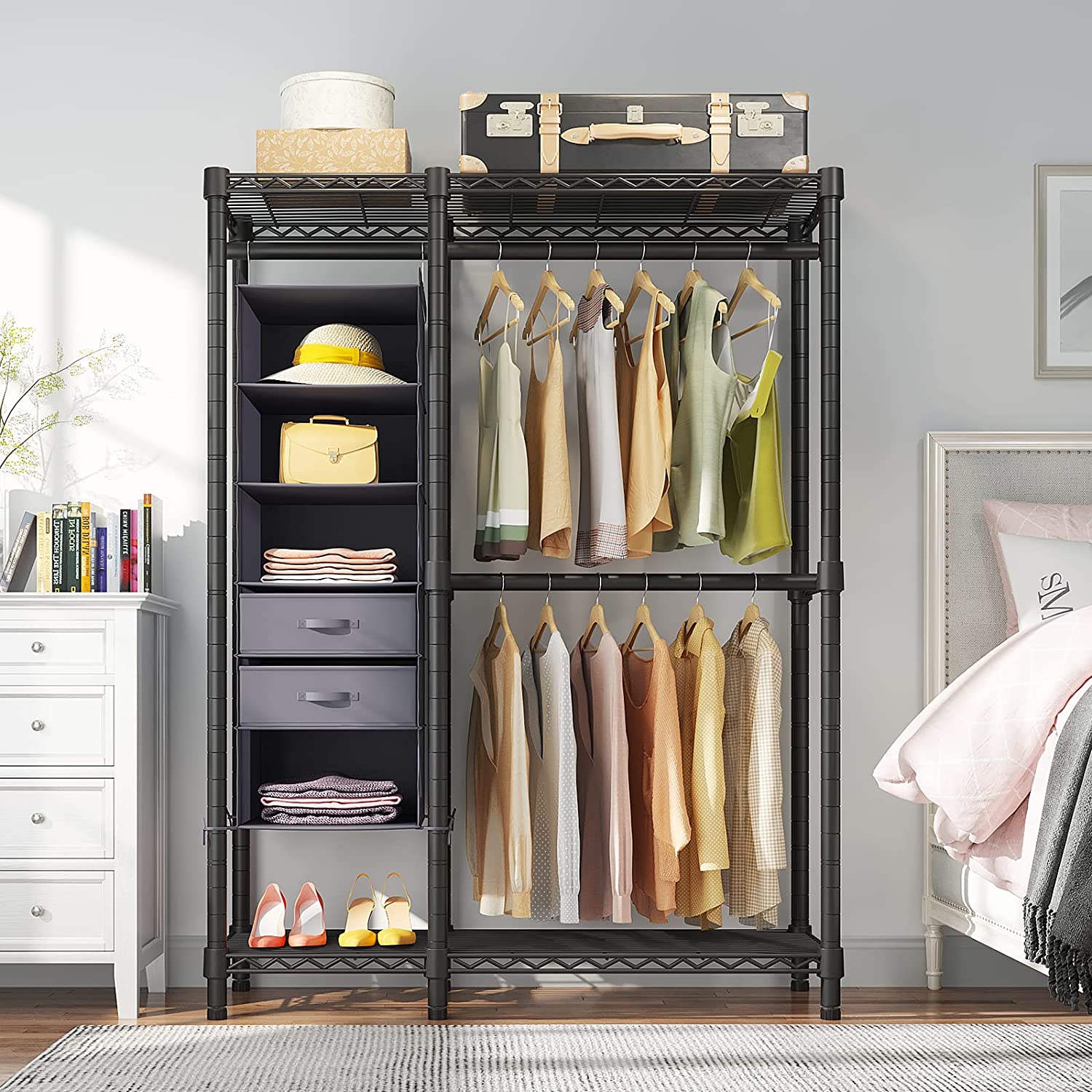
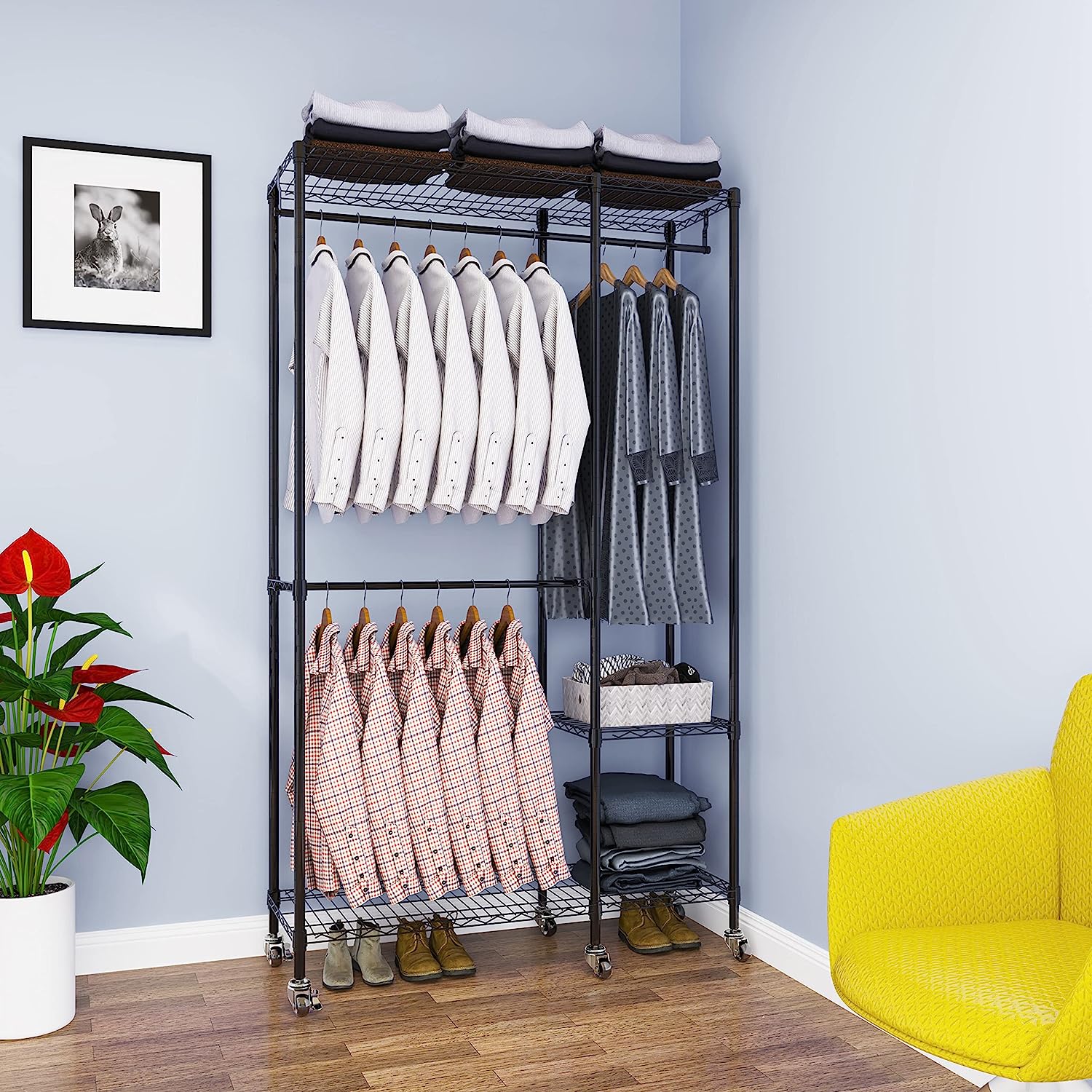
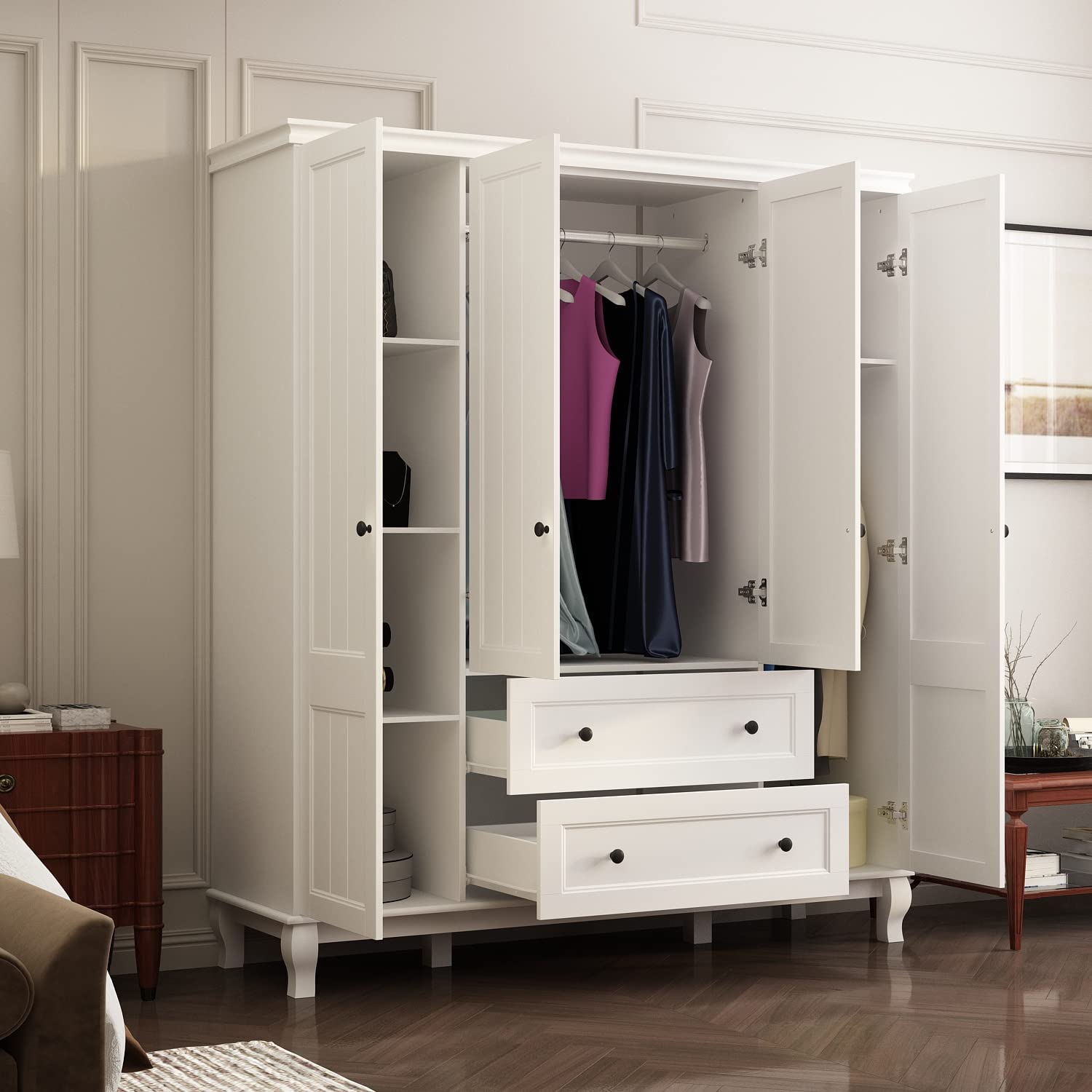
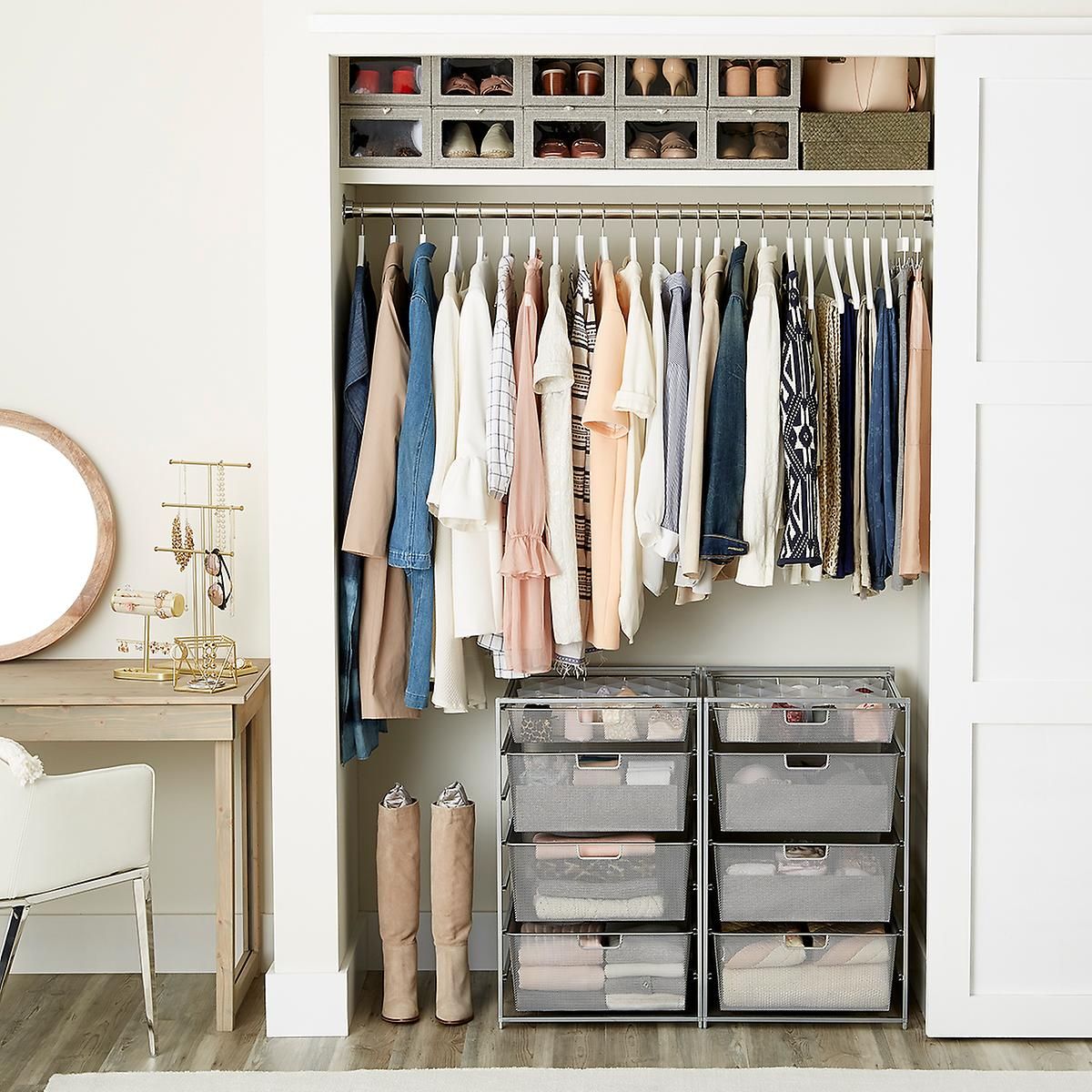

0 thoughts on “How To Organize Storage Closet”